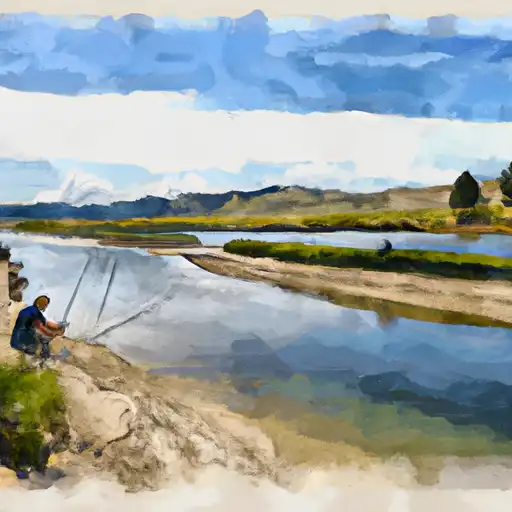°F
°F
mph
Windspeed
%
Humidity











Prospect, Tennessee is a small town situated in Giles County, in the southern part of the state. The climate in Prospect is characterized as humid subtropical, with hot summers and mild winters. The average high temperature in summer is around 90°F (32°C), while the winter months see average highs of 50°F (10°C). Precipitation is evenly distributed throughout the year, with the wettest season occurring in spring.
The town is surrounded by beautiful natural landscapes, featuring several water bodies such as Shoal Creek, Richland Creek, and Elk River. These hydrology constituents provide excellent opportunities for fishing, boating, and kayaking. Outdoor enthusiasts can enjoy exploring numerous parks and trails in the area, including the nearby David Crockett State Park, which offers activities like hiking, camping, and wildlife observation.
With its favorable climate, abundant water resources, and various outdoor recreation opportunities, Prospect, Tennessee is an ideal destination for nature lovers and those seeking outdoor adventures in a tranquil environment.
Weather Forecast
Prospect receives approximately 1427mm of rain per year, with humidity levels near 85% and air temperatures averaging around 15°C. Prospect has a plant hardyness factor of 7, meaning plants and agriculture in this region tend to thrive during the non-winter months.
Regional Streamflow Levels
33
Cubic Feet Per Second
128
Cubic Feet Per Second
12,100
Cubic Feet Per Second
1,600
Cubic Feet Per Second
Nearby Camping
| Camping Area | Reservations | Toilets | Showers |
|---|---|---|---|
| Six Mile Creek | |||
| Rickwood Caverns State Park | |||
| Point Mallard City Campground | |||
| Prairie Creek | |||
| Tannehill Ironworks Historical State Park | |||
| Elm Bluff - William Dannelly Reservoir |



